When contemplating monetization, most people primarily focus on the end price. However, it involves much more than just that.
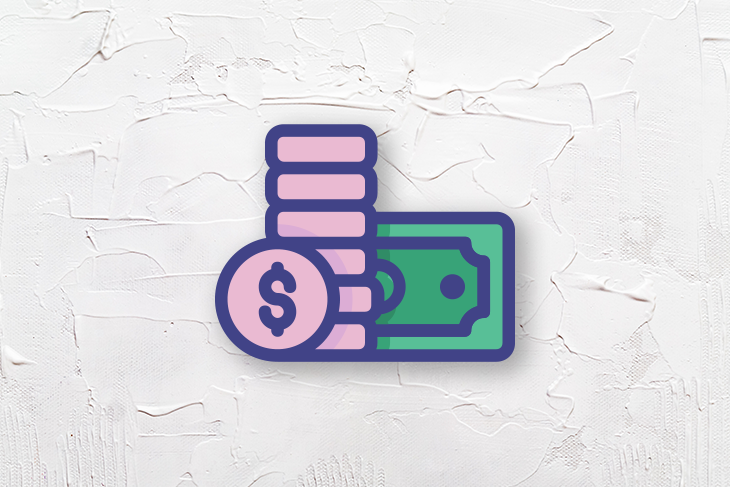
A robust monetization model also incorporates elements like what you charge for, how the price scales, where you place different levels of friction, and when and how often you charge customers.
In this article, we’ll address the final point – determining the frequency and timing of asking users and customers for money.
While it’s often overlooked, the timing and frequency of charging users are important.
Various strategies introduce different trade-offs that greatly affect user engagement and the value you capture.
For example, offering a monthly subscription lures more users to buy the plan, thus increasing new sales. However, a month might not be enough to build a solid habit, leading to user churn and decreasing recurring revenue. Yearly plans come with the opposite trade-off.
Charging on a transactional basis when the frequency of use is high and the cost-to-serve is low could probably negatively affect your bottom line compared to a subscription model. Many people would find it a better deal, and your costs wouldn’t significantly increase with the usage. Conversely, expecting users to sign up for a subscription if they want to initially use the product only once would likely discourage them from purchasing.
For every product type, there’s an optimal timing and frequency that best serves both the user and the business. Discovering it will help maximize your revenue potential without damaging the overarching user experience.
There are three main ways to charge customers:
Sometimes, it doesn’t make sense to charge users at all. You can provide some use cases for free with the intention of converting these users into paying customers.
For instance, the freemium growth model is based on not charging users for the most fundamental and viral use cases.
In the transactional model, you charge users every time they use the paid feature on a case-by-case basis. This method is useful when users use your product sporadically and with varying frequency.
For example, you pay for Uber each time you order a trip. If you don’t order anything (don’t make any transaction with Uber), you pay nothing.
Recurring charges can take many forms. You can charge users daily, weekly, monthly, quarterly, yearly, and anything in between.
This model works best for products that are used frequently and are habit-forming. Every subscription product falls into this category.
While there’s no one-size-fits-all solution to determine the optimal timing and frequency of charging users, a simple four-step framework can help you answer that question, at least initially:
Take it with a grain of salt, though. There are many nuances and context-dependent complexities that you should cover that can’t be answered by a generic framework. I’ll cover some of them later.
The first step is to understand whether users are willing to pay for a given feature and use case.
There are many willingness to pay (WTP) research methods that can help you get the answer, such as Van Westendorp’s Price Sensitivity Meter, indexing, price-point interviews, probability questions, and mock sales.
Use these techniques to identify what your target audience is willing to pay for. For use cases with very low or zero willingness to pay, you have two options:
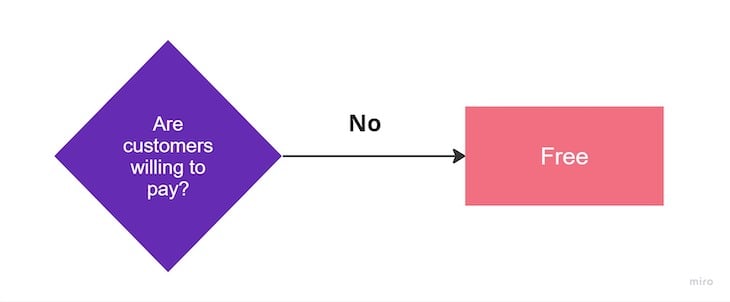
If users are willing to pay for a particular use case, identify the natural frequency of usage.
Some products, like Instagram, are used daily. Products like DoorDash are used more or less weekly, while others are used sporadically, such as Airbnb or TurboTax.
For products with low natural frequency of use, such as a few times a year, the transactional model is typically the best choice:
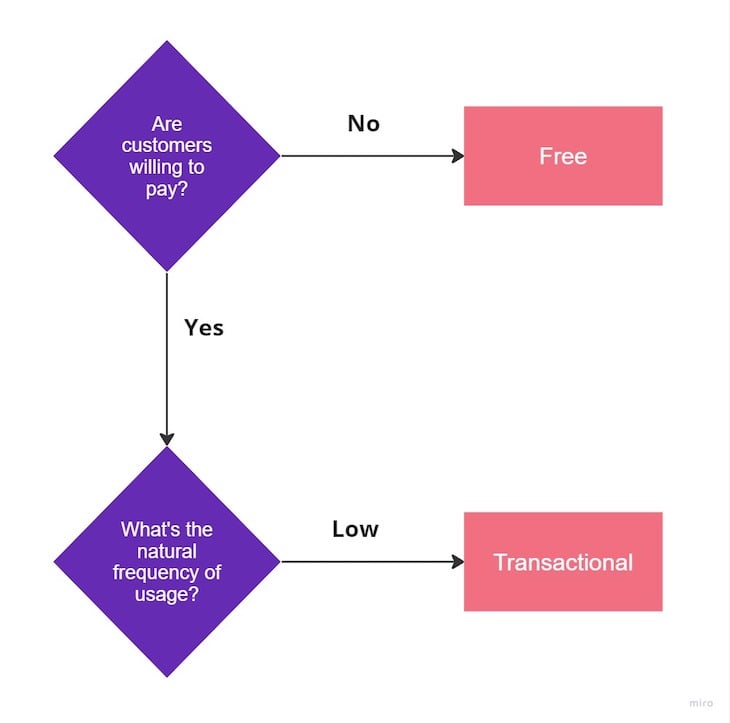
For use cases with a high frequency of use, it’s also important to understand the variance in that frequency. For instance, an EdTech product focused on end-of-year exam preparation might have a very high frequency of use during the end-of-school-year period, with a significantly lower frequency during the holiday season.
If the variance is high, you should again consider a transactional model. For the exam preparation product, I’d consider a one-time payment for monthly access to still be a transactional model. But you also must understand the scale of the variance and what percentage of the user base it impacts.
If the variance is short-lived (like the break during the holiday season), contained in predictable periods (e.g., varying frequency within a quarter but similar frequency on a quarter-by-quarter basis), or affects only a small part of your users, then a well-defined recurring charge that considers these factors might still be a viable option:
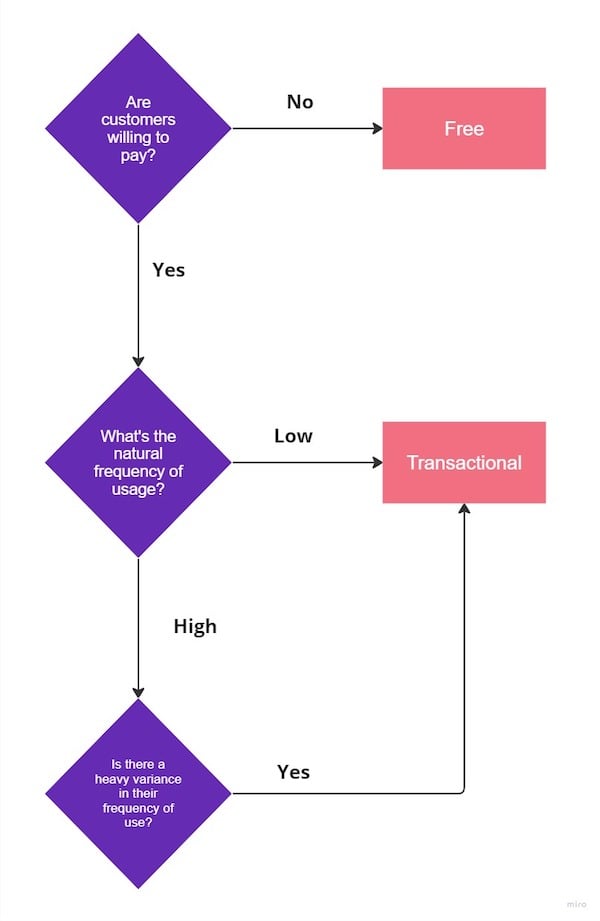
Let’s say users are willing to pay for the product and have a high frequency of use with manageable variance. This situation is an excellent candidate for a recurring billing cycle. However, there’s still one question to answer: how often should you bill them?
The time to form a habit is a good starting point for this challenge. You want to keep users engaged for long enough for them to develop a routine and renew to the next billing cycle.
For instance, Netflix is very addictive, and it takes a relatively short time for users to fall in love with the product and build a daily habit around it, especially if they find a great show early on. Only those who have never binge-watched a TV series for an entire night can cast the first stone.
In this context, it makes sense for Netflix to offer short-term, monthly subscriptions (or even weekly, like in India), because these tend to have a higher price point than long-term subscriptions, and after a month, there’s a high likelihood that the user has already gotten hooked.
On the other hand, various fitness apps tend to offer only quarterly or half-yearly plans. That’s because it typically takes longer for users to build a workout habit and see results. If a user is only a month into their fitness journey, they might still be in the uncomfortable phase of creating a new routine. By charging for three or six months at a time, fitness apps not only ensure more commitment from the users but also provide enough time for the users to start seeing results and decide to renew:
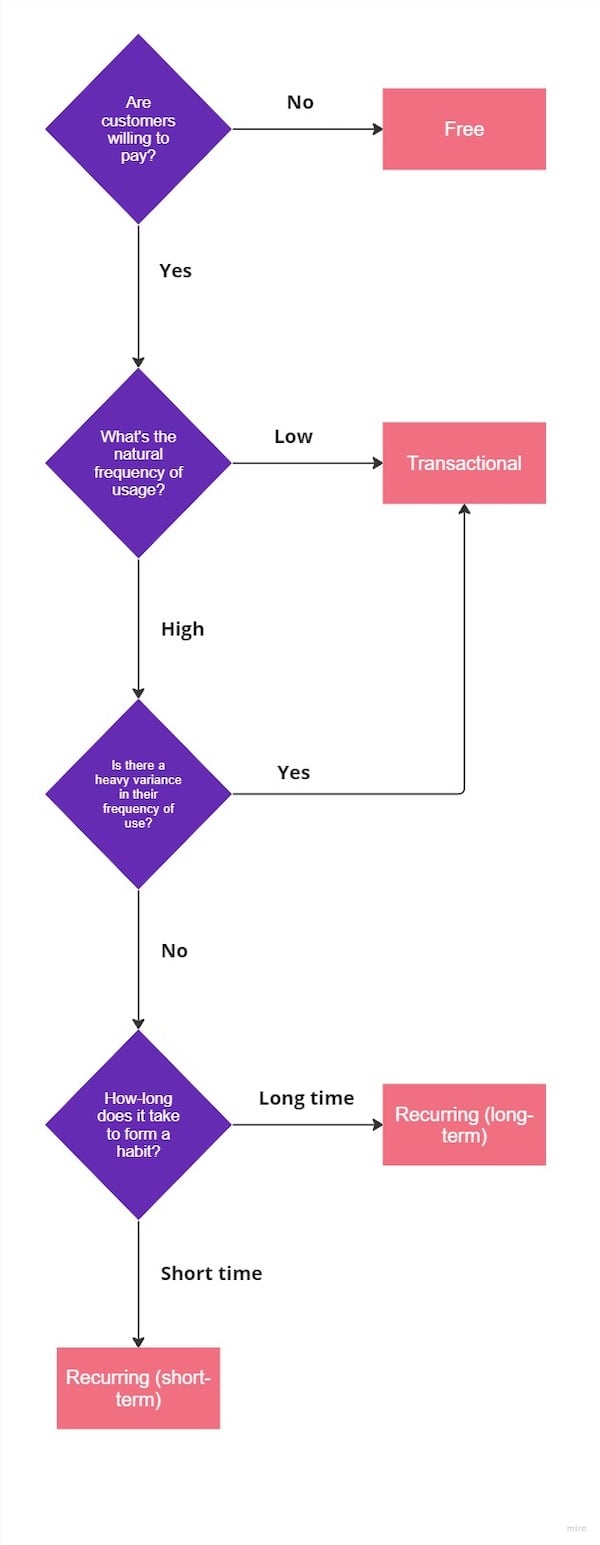
While the framework provided above helps guide the decision-making process, it’s important to recognize that the complexity of real-world situations often defies binary solutions.
A variety of factors should heavily influence when you ask users to pay. Two of the most critical factors are:
Mature products often cater to different groups of users, each with unique needs. Thus, it can be beneficial to differentiate your timing strategy accordingly.
Take the Amazon marketplace as an example. Although most shoppers use the platform infrequently, there’s a substantial segment of returning, regular customers.
Amazon addresses this by charging differently for the same use case — shipping cost, for instance. The transactional model is the default option: users pay an extra fee for shipping each time they make a purchase. This setup addresses the needs of mainstream users.
However, Amazon also offers a recurring model for its heavy users. Users can subscribe to Amazon Prime and pay a recurring fee to enjoy free shipping. This model wouldn’t work for infrequent shoppers, while the transactional model might not be optimal for heavy users. By mixing both, Amazon provides optimal solutions for both user segments.
Your charging method impacts your entire monetization ecosystem. It’s crucial to understand your monetization strategy and ensure the way you charge aligns with your objectives.
For instance, transactional and short-term recurring models often optimize for new sales (due to less friction to pay) but often at the cost of higher revenue churn (as users may not have enough time to form a habit). Conversely, long-term commitments may limit new sales while improving recurring revenue from these sales.
If boosting new sales aligns with your current strategy, you might consider experimenting with transactional charges or short-term recurrence, even if long-term recurrence would otherwise seem a better fit. Conversely, if you’re struggling with revenue retention over longer periods, trying to lock users in for longer might be sensible strategy even if users typically form habits around your product quickly.
How you charge your users is as crucial as what you charge for and how much you charge.
There are three primary ways of charging users: never, transactionally, or on recurring basis with various recurrence periods. Discovering the sweet spot is an essential step toward building a robust and healthy monetization model for your use cases.
Start by asking whether users are even willing to pay for a given value proposition. If they are not, you should either remove the functionality or offer it for free.
Then, look at the frequency and variance of use. The transactional model seems like an optimal pick if a given use case is needed infrequently or the need for it varies significantly.
For frequently used use cases, recurrence makes sense, with the length depending on how long it takes to form a habit around the product and get hooked. The longer it takes to build a habit, the longer you should strive to keep your users before asking them to renew.
However, this is just a simplistic starting point. You must also consider how this timing impacts other elements of your monetization model (such as new vs. recurring revenue) and how much friction it creates for users. Moreover, you might need to adjust your approach to the needs of different segments for the most optimal results.
Ultimately, choosing the best timing comes down to understanding the bigger picture of your users, use cases, and monetization strategy and selecting an option that offers the best trade-offs in the long-term perspective.
LogRocket identifies friction points in the user experience so you can make informed decisions about product and design changes that must happen to hit your goals.
With LogRocket, you can understand the scope of the issues affecting your product and prioritize the changes that need to be made. LogRocket simplifies workflows by allowing Engineering, Product, UX, and Design teams to work from the same data as you, eliminating any confusion about what needs to be done.
Get your teams on the same page — try LogRocket today.
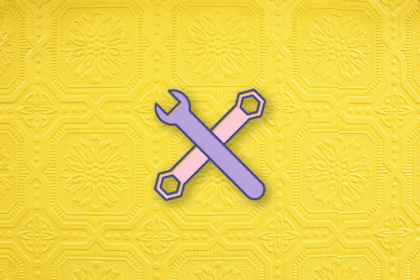
A strategy map is a tool that illustrates an organization’s strategic objectives and the relationship between them using a visual diagram.
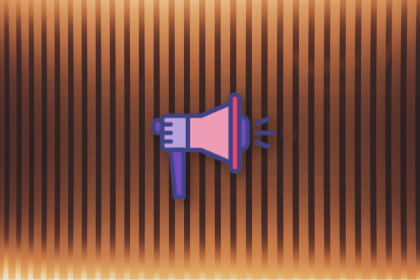
Insight management is a systematic and holistic process of capturing, processing, sharing, and storing insights within the organization.
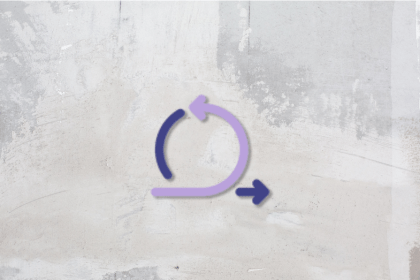
While agile is about iterative development, DevOps ensures smooth deployment and reliable software updates.

Aashir Shroff discusses how to avoid building features or products that replicate what’s already in the market but, instead, truly stand out.